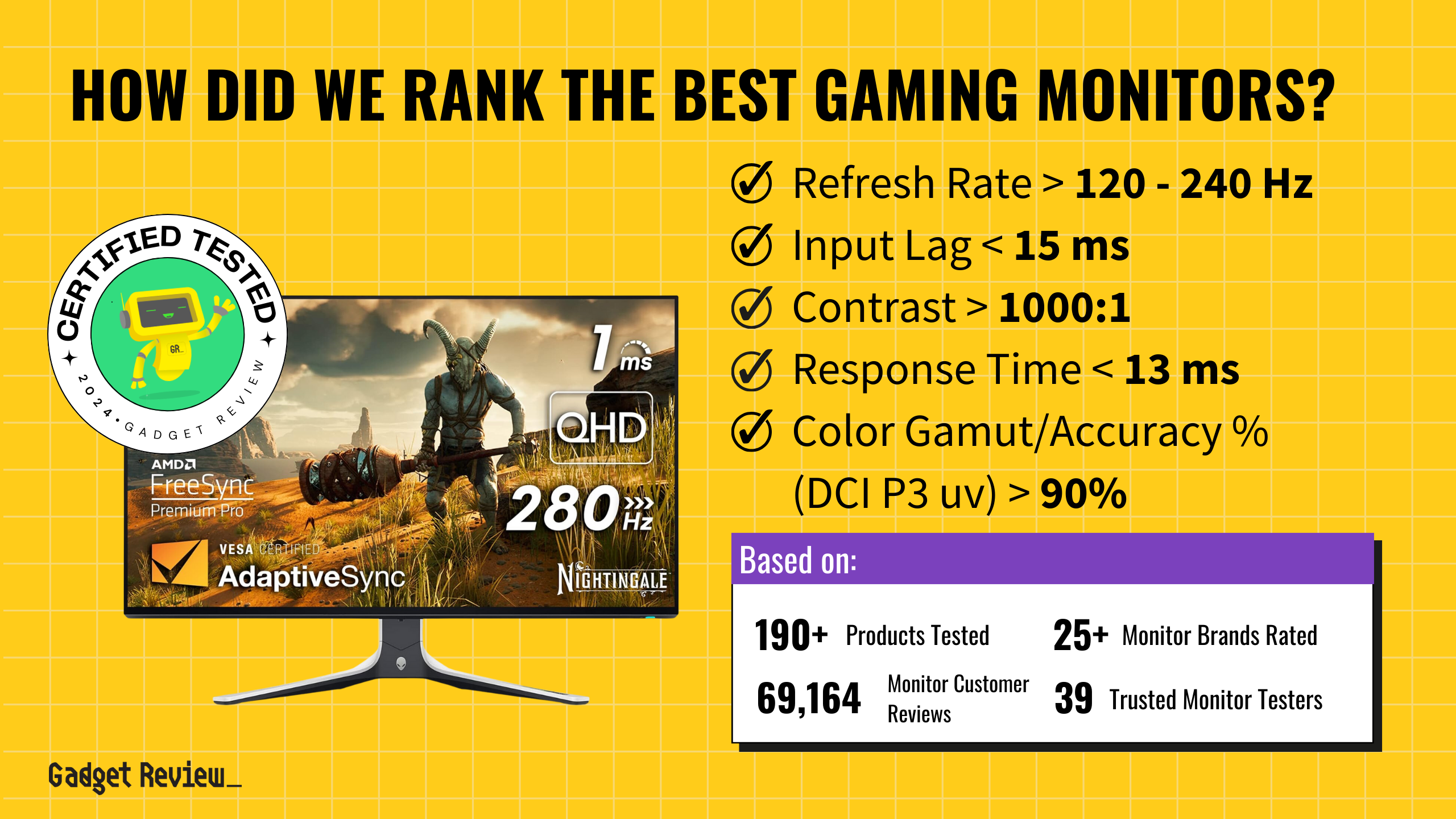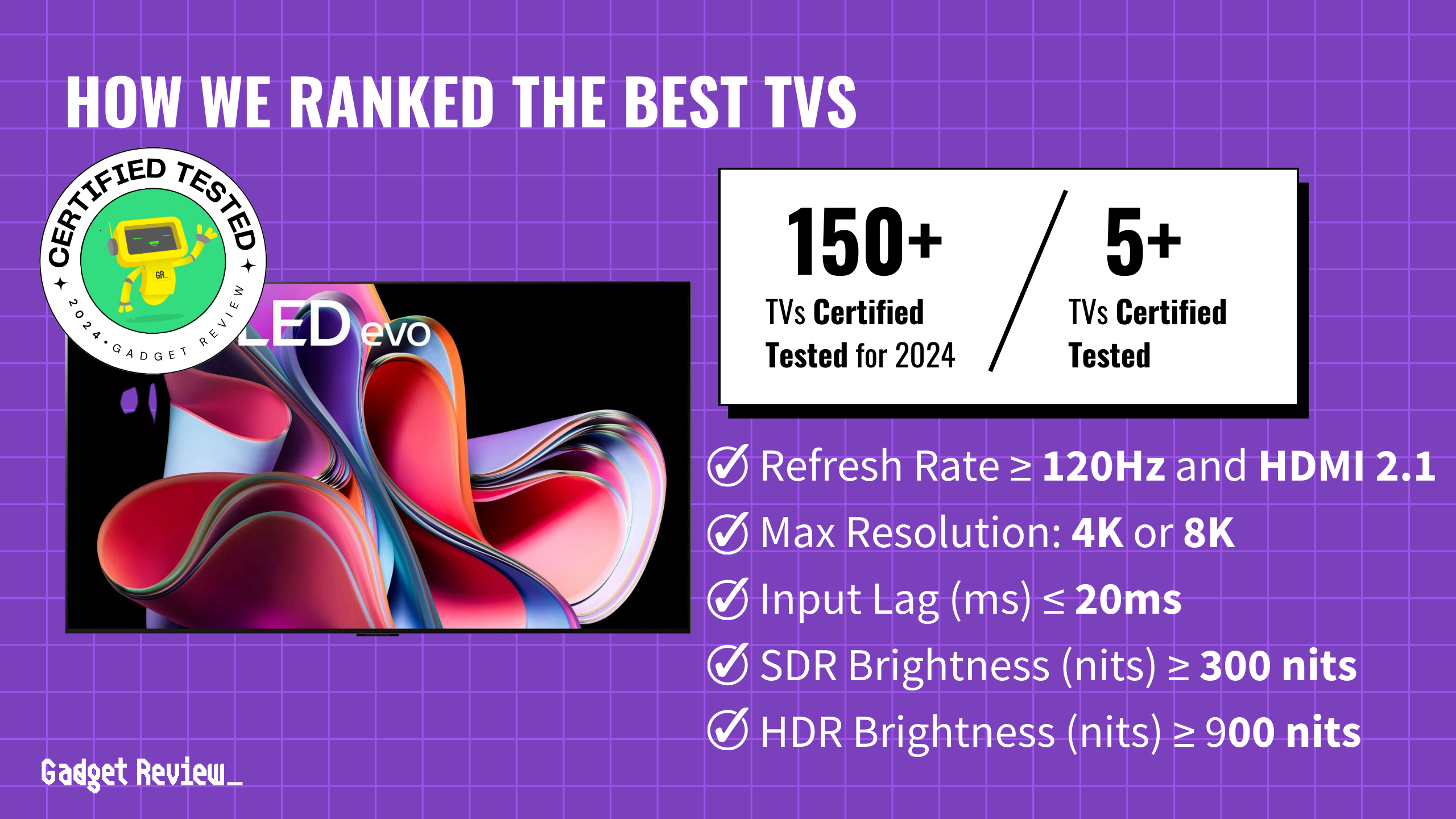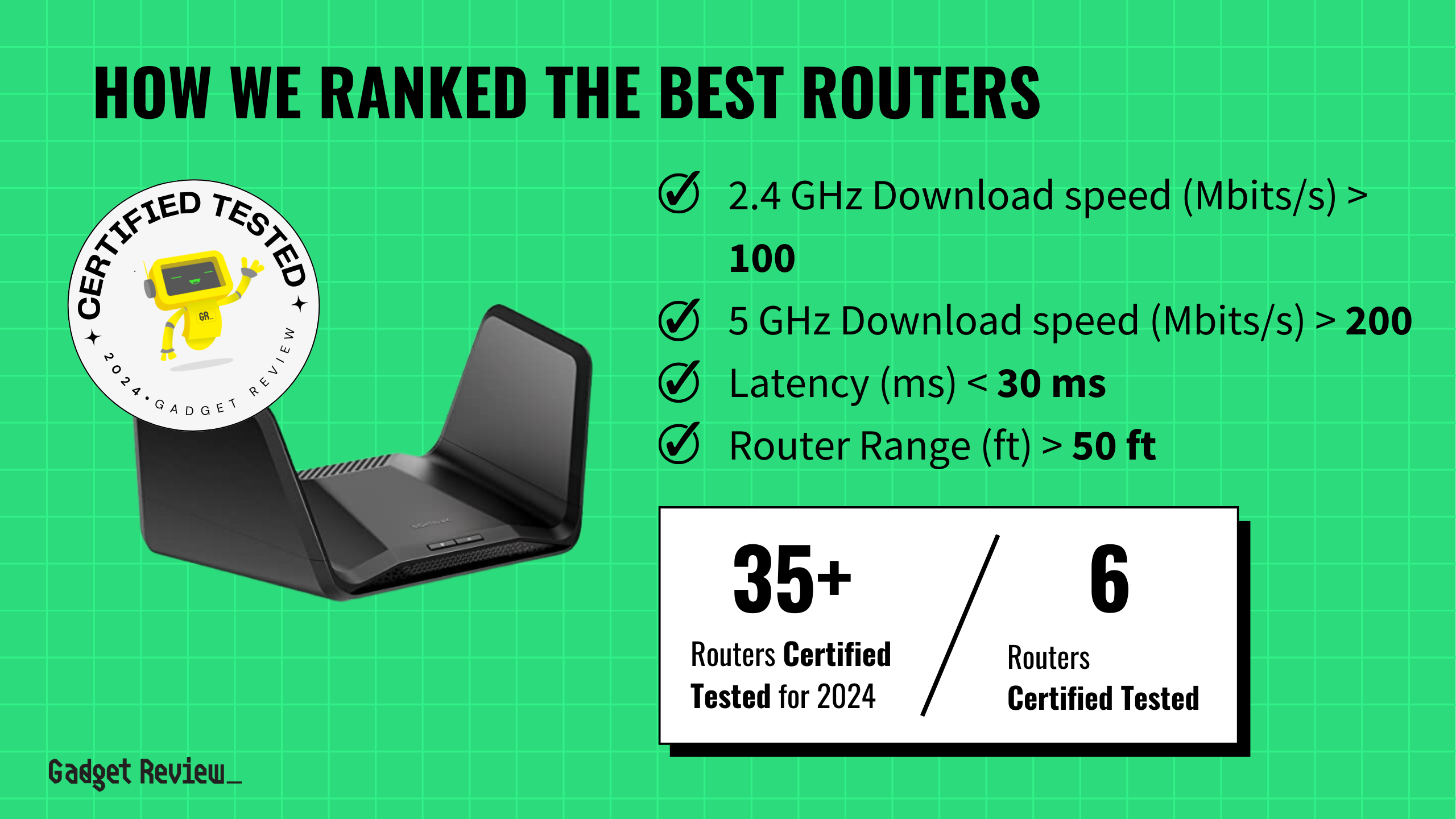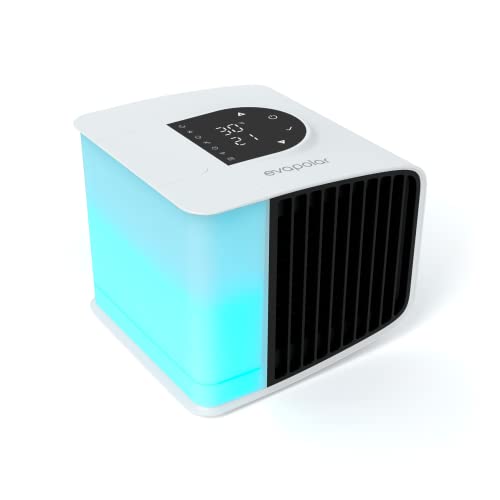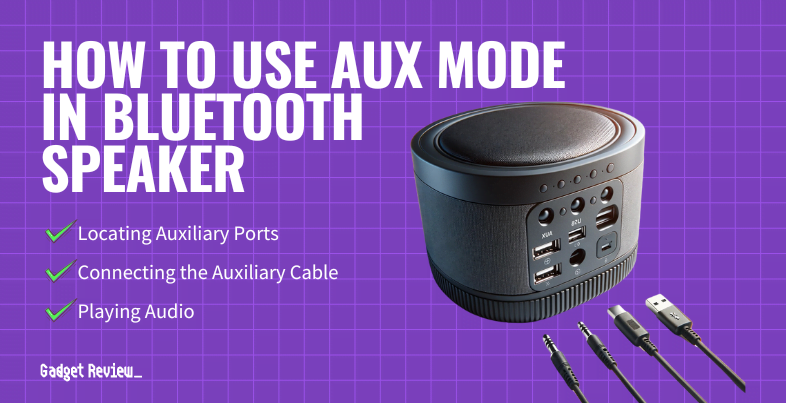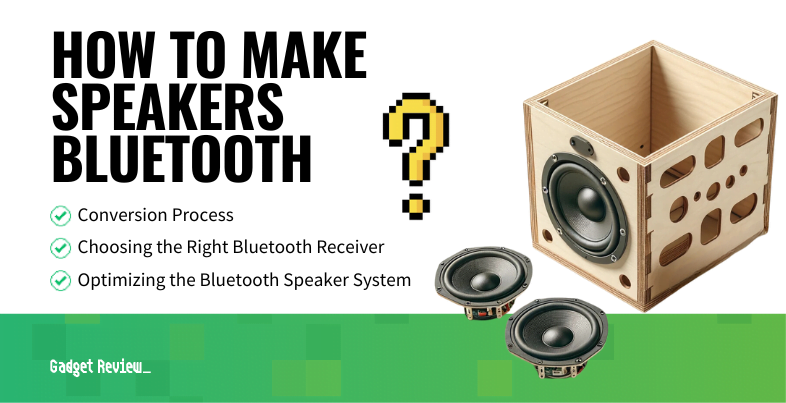Meta researchers unveiled a groundbreaking AI system called Brain2Qwerty that can decode brain activity into typed text with up to 80% accuracy, marking a significant advancement in non-invasive brain-computer interfaces.
Why it matters: The breakthrough fundamentally changes the landscape of brain-computer interaction by enabling accurate text generation from brain signals without surgical implants, potentially offering new communication methods for people with severe disabilities.
Technical Details: The system combines multiple advanced technologies to achieve its high accuracy rate:
- Magnetoencephalography (MEG) scanning
- Three-stage AI processing architecture
- Real-time brain signal analysis
Real-World Limitations: Despite impressive accuracy, the technology faces significant practical constraints:
- Requires $2 million MEG scanner
- Scanner weighs half a ton
- Needs magnetically shielded room
The research, conducted with 35 volunteers at the Basque Center on Cognition, Brain, and Language, required participants to spend approximately 20 hours in an MEG scanner while typing memorized Spanish phrases. The system achieved varying levels of accuracy depending on the recording method used, with MEG significantly outperforming EEG recordings.”
Our effort is not at all towards products,” says Jean-Rémi King, who leads Meta’s Brain & AI research team. “In fact, my message is always to say I don’t think there is a path for products because it’s too difficult.” The system processes brain signals through three distinct modules: a convolutional module for extracting temporal and spatial features, a transformer module for processing sequences, and a language model module for refining predictions. This architecture achieved a character error rate of 32% using MEG, with the best participants reaching 19% error rates.
While the technology remains confined to laboratory settings, its development represents a significant step toward understanding how the brain converts thoughts into language. The research could eventually lead to more practical applications for helping people with speech or movement disabilities communicate.
Meta’s approach differs from competitors like Neuralink by avoiding surgical implants, though this comes at the cost of requiring massive, expensive equipment. The MEG scanner must be housed in a specially shielded room to block Earth’s magnetic field, which is trillion times stronger than the brain signals being measured.
The research continues Meta’s shift from consumer-focused brain-reading devices to fundamental neuroscience research, aiming to understand the principles of intelligence by studying the brain’s architecture.












